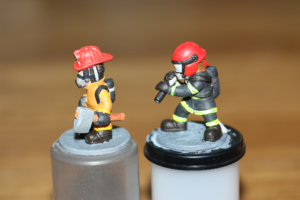There were heavy snowfalls in Germany yesterday, and there was a little more snow also today, and it's rather cold outside at the moment with the prediction of even lower temperatures during the next few days.
The snow that came down turned everything here into a winter wonderland - it looks really, really pretty!
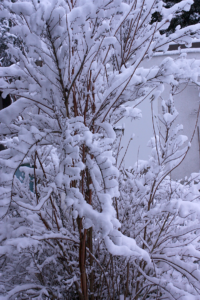
There's little heaps or cockscombs of snow on every twig and branch. Of course, there's also snow on every willow withy that has not been cut yet:
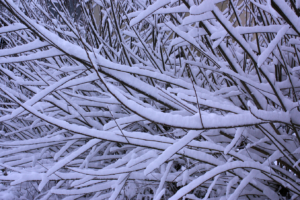
and it will need to get warmer again before we can continue harvesting; it should be above 0°C for the cutting. For now, though, we enjoy the funny contrast between the cut and the uncut bits, both looking very nice:
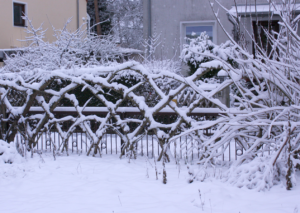
Thank goodness we're living in an area that is getting snow regularly and so the logistics are in place to cope, as in there's vehicles to clear the streets. People also tend to know how to drive a car in wintery conditions. We cycled to our milk dispenser yesterday, to get milk, eggs, and a few (blue) potatoes, and there were a few spots on the way where we were really glad about our studded tyres. With those and appropriate clothes, winter cycling really is fun, even if it takes a bit longer and is rather more strenuous in snow and on ice than on clear roads.
Traffic-wise, things are not looking so good in some other parts of Germany, where the snowfall has led to delays or cancellation of public transport, and to some spectacularly bad traffic jam, with people trapped in their cars for hours.
The reason for the cold spell, by the way, is air from the polar zones coming down south... which is linked to global warming. Changes in overall temperature lead to changes in the polar vortices, which are air currents around the pole, which means the cold air isn't contained there anymore, and thus comes to visit... so having winters with hard cold spells is just the opposite of what one would suspect at first glance.
Well. At least the snow we're getting out of this right now is pretty.
The snow that came down turned everything here into a winter wonderland - it looks really, really pretty!

There's little heaps or cockscombs of snow on every twig and branch. Of course, there's also snow on every willow withy that has not been cut yet:

and it will need to get warmer again before we can continue harvesting; it should be above 0°C for the cutting. For now, though, we enjoy the funny contrast between the cut and the uncut bits, both looking very nice:

Thank goodness we're living in an area that is getting snow regularly and so the logistics are in place to cope, as in there's vehicles to clear the streets. People also tend to know how to drive a car in wintery conditions. We cycled to our milk dispenser yesterday, to get milk, eggs, and a few (blue) potatoes, and there were a few spots on the way where we were really glad about our studded tyres. With those and appropriate clothes, winter cycling really is fun, even if it takes a bit longer and is rather more strenuous in snow and on ice than on clear roads.
Traffic-wise, things are not looking so good in some other parts of Germany, where the snowfall has led to delays or cancellation of public transport, and to some spectacularly bad traffic jam, with people trapped in their cars for hours.
The reason for the cold spell, by the way, is air from the polar zones coming down south... which is linked to global warming. Changes in overall temperature lead to changes in the polar vortices, which are air currents around the pole, which means the cold air isn't contained there anymore, and thus comes to visit... so having winters with hard cold spells is just the opposite of what one would suspect at first glance.
Well. At least the snow we're getting out of this right now is pretty.




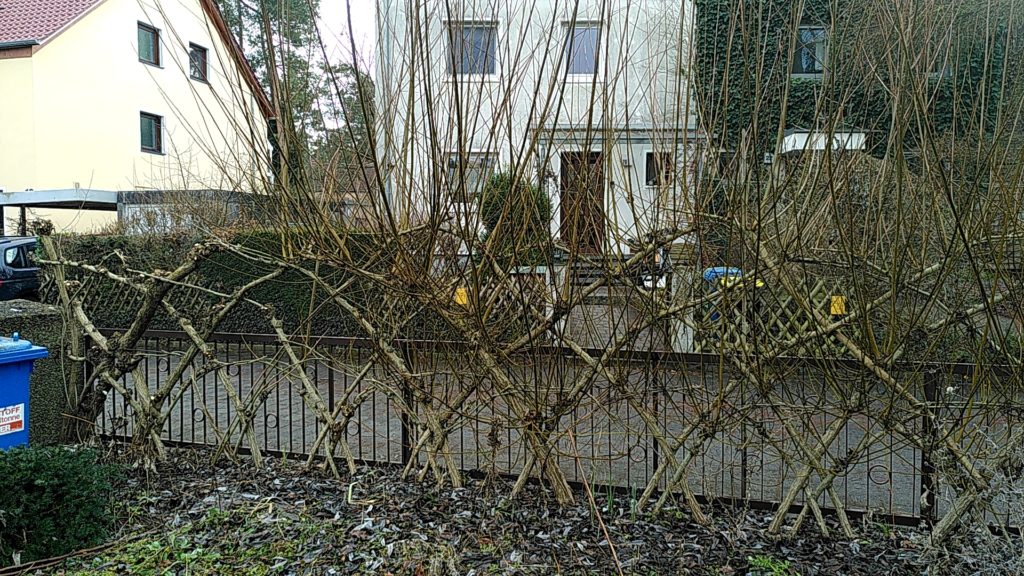
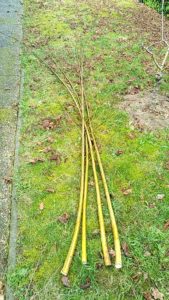
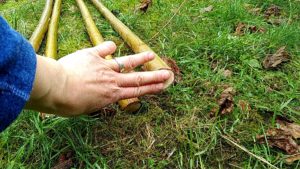
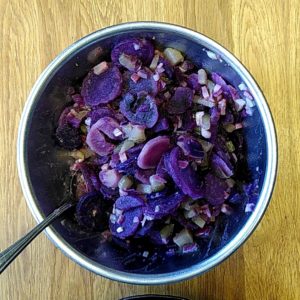
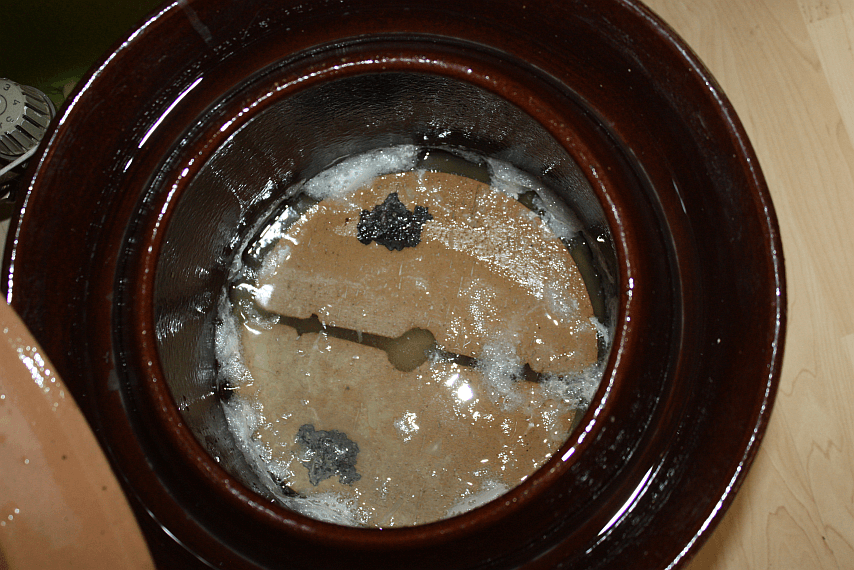 A glimpse into the pot - two weights come with these kinds of fermentation vats, to keep all things nicely pressed down under the surface of the liquid. You can see some foam (that is normal); the black spots are discolorations of the weights. Unfortunately it's not possible to photograph the pleasantly acidic scent!
A glimpse into the pot - two weights come with these kinds of fermentation vats, to keep all things nicely pressed down under the surface of the liquid. You can see some foam (that is normal); the black spots are discolorations of the weights. Unfortunately it's not possible to photograph the pleasantly acidic scent!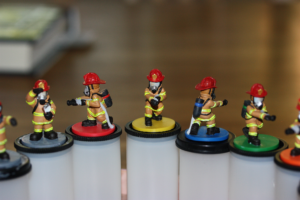 The finished Flashpoint minis.
The finished Flashpoint minis.